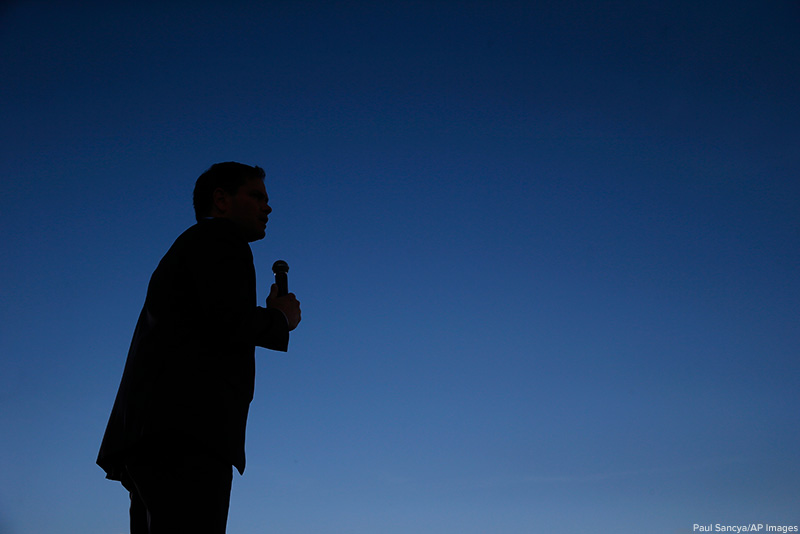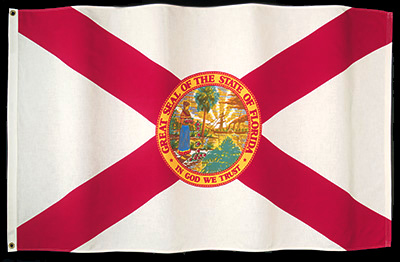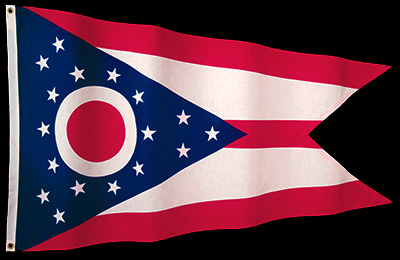
Primaries in Two Swing States
Results

Florida
Marco Rubio had considerably less luck in his own home state. He lost to Trump (45 percent to 27 percent), who took all of the available 99 party delegates. As a result, Rubio announced the official end of his candidacy shortly after the tallies were announced.

Ohio
The home state of candidate John Kaisch showed support for their governor, making this win his only primary win so far. While Kasich won the state’s 66 delegates, this may be more of a defense against Trump than a change of fortune for Kaisch.
A Look at Delegates
In reading about candidate victories in various states, you may have noticed the growing tally of how many delegates each candidate has acquired. Each state is allotted a particular number of delegates, based on the number of districts and population of the state. Each party has a different system of choosing its delegates. So, let’s take a closer look at the differences in how the two parties handle this important aspect of their operations.
- Democrat The Democratic nominee must secure 2,383 delegates out of a possible 4,765. There are delegates and superdelegates. The latter is a group of 712 people made up of current elected officials and “distinguished party leaders,” that include former presidents and vice presidents, previous party nominees and other party leaders from the past. These superdelegates are not affiliated with a particular state or region and pledge their support directly to a particular candidate.
- Republican The Republican party has a total of 2,470 delegates. Out of the 2,470 delegates, there are 437 “unpledged delegates,” which are similar to the Democrat’s superdelegates, as they are made up of prominent members of the party. The first candidate to obtain 1,237 delegates wins the party’s nomination.
For both parties, if the candidate does not “lock up” the minimum number of delegates, the party could choose another candidate at its nominating convention (held in July in the year of the general election). This is called a “contested” convention, which has not happened since 1976.
What’s Next
With more than 20 more states to go, the race is far from being decided. Many are talking about the possibility of a contested (also called a “brokered”) Republican convention. This method of nominating a candidate is typically avoided because it generally leads to weakened support going into the general election. However, with deep splits within the GOP, many see this as the only viable option. It might also lead to the Trump shifting his status to an independent candidate.


